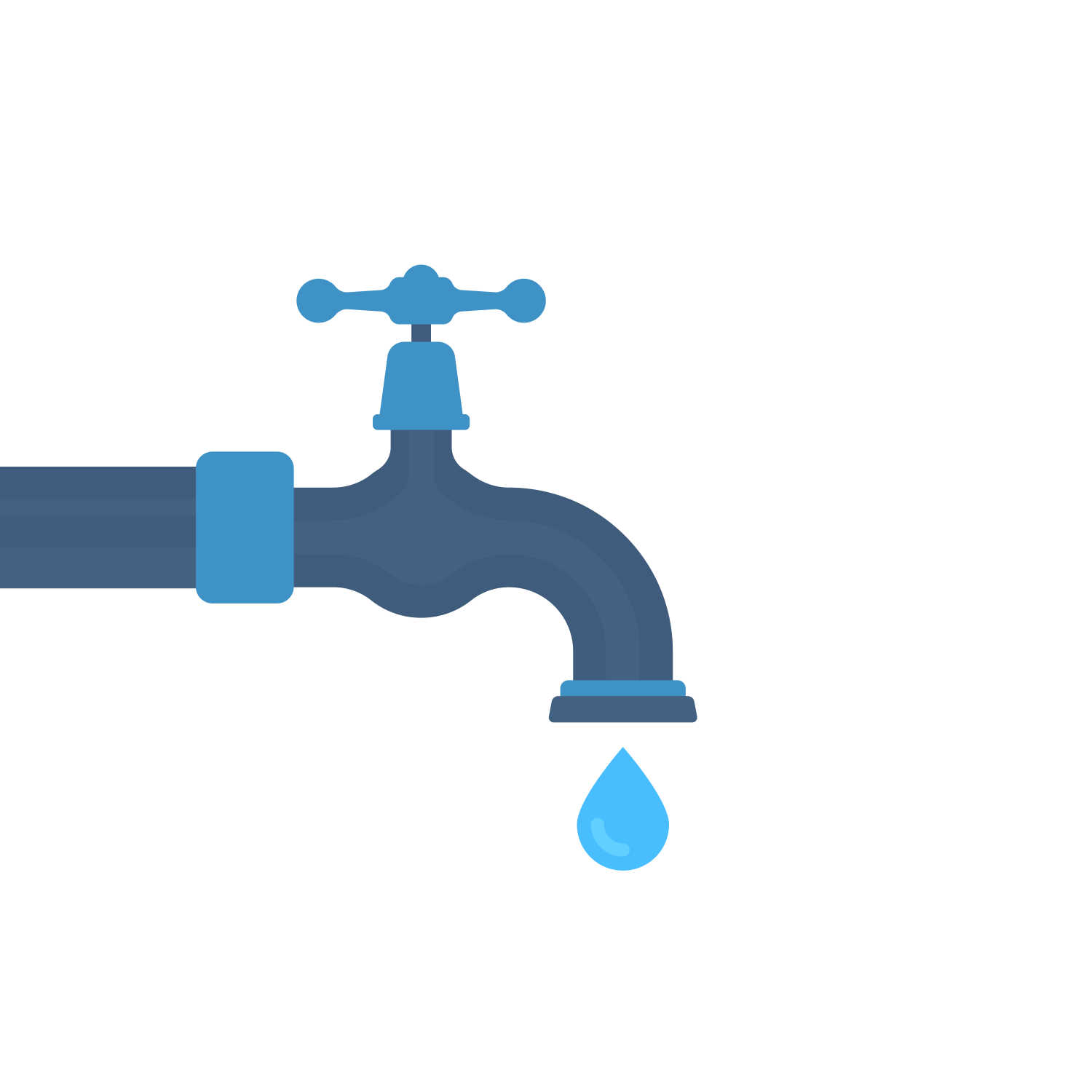//
Aug 4, 2022
3 Steps to Exceed Your Email Marketing KPIs Consistently
Email marketing is a powerful tool for any business, but it's not as simple as throwing your content into an inbox and hoping for the best.

We recommend tracking three key performance indicators (KPIs) over time to get the most out of your email marketing efforts. These metrics will give you insight into how well your emails are performing and help inform future decisions about email marketing strategy.
You can improve your email marketing results by following these steps:
- Establish a benchmark for your email marketing KPIs.
- Evaluate and adjust your performance according to key metrics.
- Make Regular Improvements Based on What's Working.
Step 1: Establish a Benchmark for Your Email Marketing KPIs

Do you know what we love? KPIs.
Do you know what we don't love? KPIs that are all over the place.
That's why you've got to establish a benchmark for your email marketing KPIs. We want you to know where your metrics are and how they're trending, so you can make smart decisions about where your business is headed (and how it might change course.)
We've noticed that most companies have trouble establishing a benchmark for their email marketing KPIs because they don't clearly understand what constitutes good metrics. They don't know what's working, what isn't working, or if anyone even cares about the emails they send out!
The first step in creating a benchmark for your email marketing KPIs is identifying what you want to measure. This could be the number of clicks, open rates, clickthrough rates, or any other metric that can help you determine how well your email marketing strategy is working.
After choosing the metrics you'd like to focus on, it's time to establish a benchmark for each one. You'll need to research the average performance of your competitors (or similar businesses) to see where they stand and how they compare with yours.
Once you know what others are doing, it's time to set goals for yourself and your business. How much do you want to improve on the average performance of your competitors? What kind of improvements will make a significant difference in your business? Once you've decided on these things, establish targets and track them over time so that you can see how well your efforts are paying off!
Step 2: Evaluate and Adjust Your Performance According to Key Metrics

To be a successful email marketer, you need to know your numbers.
These are the metrics you must evaluate to help you adjust your performance in email marketing:
- Clickthrough rate: The number of clicks on links in an email divided by the number of emails sent.
- Conversion rate: The number of visitors who complete the desired task on a website (such as buying a product or filling out a contact form) divided by the number of visitors sent to that website from an email campaign.
- Bounce Rate: The percentage of emails that were never opened by recipients.
- List growth rate: The number of new added over a specific time divided by the total number of subscribers at the beginning of that period.
- Email sharing/forwarding rate: The percentage of total emails sent that were via social media, email, or text message during any given month.
- Overall ROI: This is calculated by dividing your profits from email marketing campaigns by your costs for those same campaigns, then multiplying that result by 100%.
- Open Rate: This measures how often people open your emails (as opposed to deleting them without even reading).
CHECK OUT this from HubSpot!
Step 3: Make Regular Improvements Based on What's Working

Email marketing is one of the most effective ways to reach your audience and grow your business. It's easy to get started, but before you blast emails out into the world, it's vital to ensure that your strategy is working.
Here are some ways to make improvements to your email marketing strategy based on metrics:
- Ensure you're sending relevant content: You want to send useful information and interesting content relevant to your audience. If it's not relevant or valuable, they'll likely ignore it or delete it without opening it!
- Test different subject lines: While this may seem like a no-brainer, many companies don't actually test various subject lines—they just send whatever they think will work best. This can lead to some serious missed opportunities! Try testing different subject lines with A/B testing software and see which ones perform the best for your unique audience.
- Don't forget about mobile devices: Many people check their email on mobile devices these days—but if you're only sending text-heavy emails that look terrible on mobile devices (like lots of paragraphs), you might be missing out on a massive group of untapped customers.
Types of email marketing campaigns and when to use them
When you're thinking about how to craft your email marketing campaign, it can be hard to know where to start. Here are two common types of email marketing campaigns that can be a part of your Inbound marketing strategy and help you exceed your email marketing KPIs:
Drip Campaigns:

Email drip campaigns are a great way to keep your subscribers engaged with your brand over time. They're also a good way to drive conversions, so if you have sales or other events coming up, this is a great strategy for you!
Here are some examples of an email drip campaign:
- You can send an email every Friday for three weeks, and then send another one on Monday, then Friday again, so it's like you're saying "Hey! I'm here, and I'm thinking about you." This is a great way to build rapport with someone who may not feel connected to your brand yet (or even know they should be) or just wants some reassurance that they matter.
- You can send an email every day for a week and then switch up the days but keep your cadence the same (e.g., Monday through Friday), so it feels like someone is checking in on them throughout their week—and maybe even anticipating what they need!
Nurture campaigns:

Nurture campaigns are designed for building relationships with your audience over time. If you're looking for ways to make existing customers feel valued and appreciated by their brand, this is the way to go.
There are many ways to nurture your leads. You can send them a short and simple email, or you can go all-out and create an entire campaign that includes emails, webinars, and even live events.
Here are some examples of what you could do:
- Send a message that explains the next step in your sales process, like this one from [company name] where they explain how to get started with their product by signing up for a free trial.
- Send a short message explaining what's going on in their account and how they can fix it—this is good if there's been a problem with their order or payment information.
- Ask your readers questions that will help you better understand their needs and wants—this is helpful when trying to determine what kind of content would be most valuable for them.
READ more:
Establishing a benchmark is the first step to achieving your email marketing KPIs. This means you need to define the problem before starting a solution. That may sound obvious, but it's easy to get so wrapped up in what you want that you forget why you're doing it in the first place! It will also help keep your end goal in mind while growing your email list and generating leads.
Dive into Inbound marketing with Watermark

Watermark, a Denver boutique marketing agency, can conduct a deep dive into your email marketing strategy, including an audit of your current CRM and workflows.
Contact us today to set up a discovery workshop.
New to Inbound Marketing? LEARN More:







